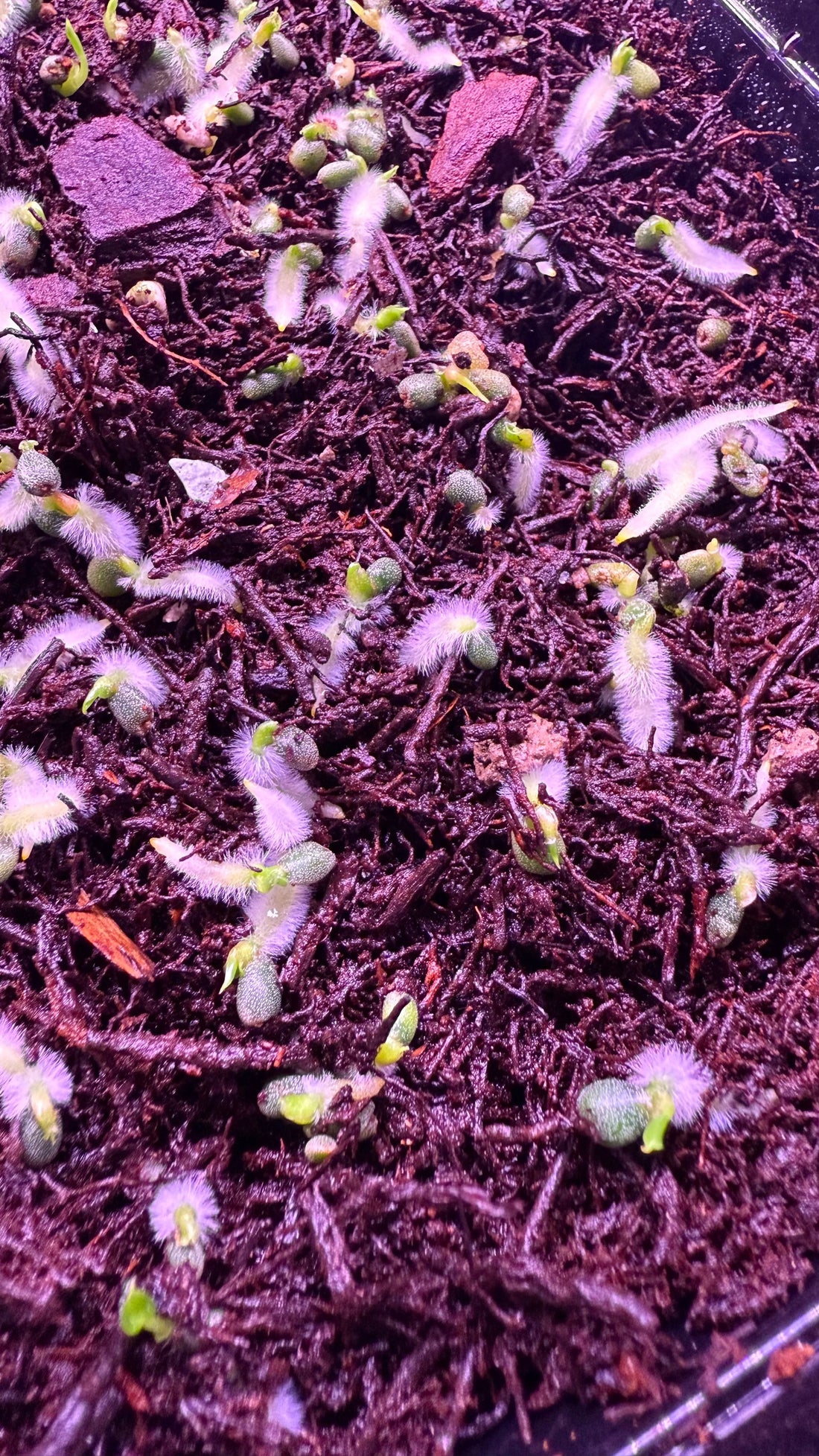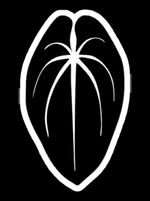
Origins
Share
The Origins of Anthurium Story
Every journey has a beginning. For me it started with years of cultivating cannabis in large warehouses where the margin for error was small. Those spaces demanded a level of cleanliness and organization that I carried with me into everything I grow today. A single mistake could invite disease or pests and I quickly learned that paying attention to the smallest details was the difference between success and loss.
Each day I checked on the plants and their environment. Humidity, temperature, pH, light. Every parameter mattered. That daily practice sharpened my eye and taught me how to listen to what the plants were asking for. Over time it became second nature and I learned how to grow consistently healthy specimens.
The part that gave me the most joy was cloning. At any given time, I would have around 5,000 clones in different stages—some freshly dipped in root gel and placed into plugs, others grown out into vigorous mini trees ready for transplanting. The constant attention these babies demanded sharpened my growing skills in ways I still carry with me today.
I developed a keen ability to sense subtle changes. I could smell root rot before it became visible, or detect the faint trace of a pest just by opening the hood to burp the containers. The humid air itself carried messages—its scent told me if moisture levels were balanced, while the weight of the trays confirmed whether the medium was holding the right amount of water. Even the aroma of the clones themselves revealed the vigor of their root systems.
That training was no different than what I now apply to anthuriums. By looking at the shade and sheen of a leaf, I can tell which nutrients are being taken up and which are deficient. I learned how to adjust feedings to correct issues quickly, and I often noticed that the needs of a clone would align with the position of the tray on the rack—light intensity, airflow, and microclimates all playing a role.
Cloning also taught me discipline and consistency. Daily routines became second nature: sterilizing tools to prevent contamination, carefully labeling batches to track lineage, and fine-tuning humidity and temperature with precision. It strengthened my patience—knowing that rushing a process almost always led to failure. It gave me an intuitive sense for timing, from when to transplant to when to prune.
Most importantly, cloning trained my senses to work in harmony: sight, smell, touch, and instinct. That combination made me not just a grower, but a caretaker who could anticipate problems before they ever appeared
When I turned my attention to anthuriums I brought those lessons with me. It was not only about growing a plant but about creating an experience. From the moment someone receives a box from Anthurium Story I want them to feel the same care that went into raising the plant. Opening the box should be a moment of connection to the work, the patience, and the joy that I feel every day.
Anthurium Story is simply the continuation of that path. It is the discipline I learned, the curiosity that keeps me learning, and the love I have for every seedling that grows into something special. My hope is that when someone welcomes one of these plants into their home they feel that same sense of wonder and gratitude.
Jorge Dominguez
Anthurium Story
